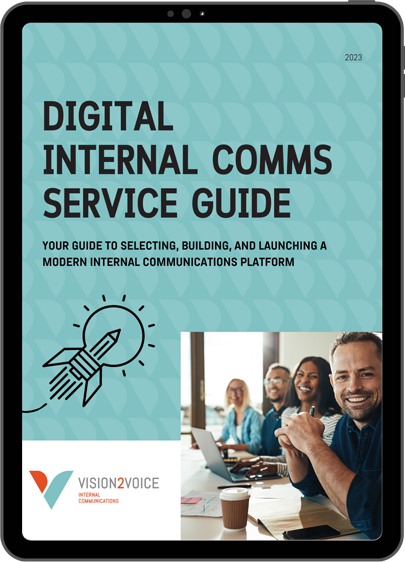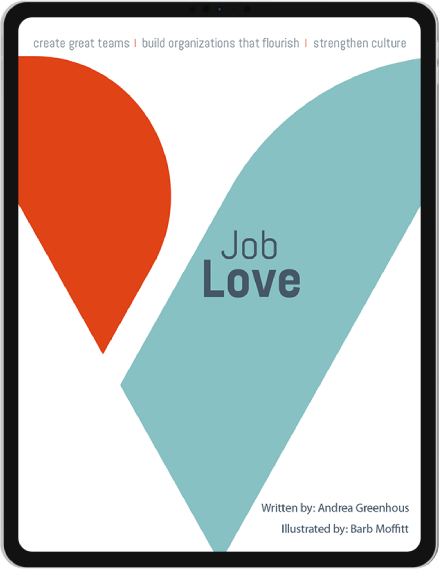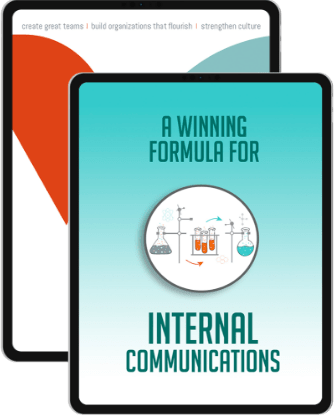
As we head into the second year of the COVID-19 pandemic, studies are starting to show what many of us already know – burnout is at an all-time high. As I started to see more articles and studies about burnout, and as clients and members of my network searched for answers to this growing problem, I began to research the causes and solutions to burnout. The more I learned, the more I had reason to be optimistic. Formally recognized by the World Health Organization as a workplace phenomenon caused by chronic workplace stress in 2019, burnout can be avoided if leaders work to eliminate the root cause.
To learn more about burnout, I first turned to author Sally Clarke. Sally was a high-flying lawyer working in the financial industry in Europe. After several years, she found herself experiencing the typical dimensions of burnout:
- Exhaustion
- Cynicism
- Reduced efficacy
- Loss of identity (this is Sally’s own fourth dimension)
This experience led to a period of self-discovery and intensive research, culminating in her forthcoming book, Spark! Why we Burn Out, How to Recover, and How to End Burnout for Good. In the book, she calls on organizations to make the cultural and systemic changes needed to end burnout.
The High Cost of Burnout
Hopefully, you don’t need convincing that burnout is a problem that needs some attention. If you do, here are some statistics from Gallup that should change your mind:
- People experiencing burnout are 2.5 times more likely to be actively seeking a different job
- Nearly eight out of ten workers report they experience burnout sometimes
- People with burnout are 63% more likely to take a sick day
Consider that burnout disproportionately affects high-performers and leaves them far less likely to come up with the next big idea, serve customers with a smile, or continue to learn and grow and the cost of burnout in your organization is likely high.
Tackling Burnout at the Root
Many organizations are treating the symptoms of burnout rather than the cause. Wellness Wednesdays, online yoga, and reminders about Employee Assistance Programs are simply not going to prevent burnout or help people that are suffering from this distressing problem.
However, I believe that leaders and internal communications professionals can eliminate burnout by targeting the root of the problem with these five best practices.
Listening
Understanding the problem is always the first step to solving it. Opening up the lines of communication by making it safe for people to talk about how they are feeling is the first step. Creating a variety of ways to listen through surveys, equipping managers to have conversations with their teams, and even talking about burnout in the next town hall or open mic session with the CEO is a great way to start.
According to Clarke, understanding the “dark side” of burnout is important, and these can be found in workplace culture and workplace systems. I’ve experienced this firsthand with a former client where one of the company norms was that everything they did needed to be over the top. It was an organization full of smart and highly motivated people who were passionate about their work, yet the approach to make every project more difficult than it needed to be. My observation was that this approach was clearly taking a toll on many people in the organization.
Encouraging open and honest conversations about burnout can get to the root cause, which according to Christina Maslach, Susan E. Jackson, and Michael Leiter can be one or more of the following six factors:
- Unsustainable workload
- Perceived lack of control
- Insufficient rewards for effort
- Lack of a supportive community
- Lack of fairness
- Mismatched values and skills
Eliminate the Hustle Culture
Once you have a better idea of which elements of your culture are contributing to burnout in your organization, it’s time to address them. Most often workplace norms gravitate to a culture of perfectionism or one where exhaustion is a badge of honour. Both of these feed into what Clarke says are toxic myths that we believe about work – that our self-worth depends on how many hours we spend at our desk and how much we produce. High performers and people just starting out in their career who feel they have something to prove are particularly vulnerable to this vicious and harmful belief. This may be why COVID-19 burnout is particularly acute in Millenials and Gen Zs.
Changing your culture starts at the top, with leaders setting the example and establishing new norms and expectations. Leaders who are serious about addressing burnout need to walk the talk and this starts with setting boundaries related to things that contribute to burnout – things like flexibility, workload, and the ability to set boundaries. Changing the narrative and the stories around work are also powerful ways to put an end to the idea that exhausting yourself at work is acceptable. Too often stories about successful projects feature elements like how many extra hours were worked to achieve the goal (“the team worked all night to get this done.”) This kind of storytelling sends the wrong message and only perpetuates mindsets and behaviours that lead to exhaustion.
Please note! Changing culture is not a six-month project. Many of these belief systems have developed over years and it takes a concerted and conscious effort by leaders at all levels, supported and guided by internal communications professionals to change how people think, feel, and act.
Make Work Meaningful and Rewarding
Studies have shown that intrinsic and extrinsic rewards can reduce burnout.
Intrinsic motivation is when you are motivated by internal rewards such as the fact that work is naturally satisfying to you. Leaders and communicators must continually articulate the organization’s purpose and connect it to the work helping employees understand how their work is making a difference. Every communication is an opportunity to remind people why their work is important. Intrinsic motivation can also come from having interesting work so ensuring that the work is interesting and that people are constantly learning and growing, is also key.
Extrinsic motivation comes from external rewards – praise from others, an increase in pay, an award – are all examples of extrinsic motivation. While extrinsic rewards cannot make up for a crushing workload, not being recognized and thanked for hard work can make it worse. Making sure people are recognized for their work is something that should not be forgotten in the quest to eliminate burnout.
Communicate Openly and Transparently
A lack of autonomy and a perceived lack of control are important factors contributing to the stress that leads to burnout. Open and transparent communication can help to alleviate these factors and here’s how:
When leaders communicate frequently with openness and transparency, it reduces uncertainty and provides employees with clarity and insight. Sharing why decisions are made while emphasizing the reasons behind how resources are being allocated or where pressure is coming from can build understanding. Transparency into decision-making can reduce disillusionment and dejection by bridging the gap with a shared understanding of the realities that are being faced.
This better understanding can also give employees a greater sense of ownership of the challenges – enabling and empowering them to come up with their own solutions for better managing the work.
Address Systems and Processes
In my conversation with Clarke, she emphasized repeatedly the importance of looking at the systems and processes in organizations that contribute to burnout. I’ve seen in my own work that internal communications processes and systems often unwittingly contribute to stress that leads to burnout.
Email is one of the first and most obvious culprits when it comes to adding to the workload. Often, people are starved of information yet overwhelmed by email. We worked with one client where everything was sent by email so when it came time to find key information, people were spending hours sorting through their inboxes. Key information was not managed, organized, and shared in a way that was easily accessible to employees. With another client, we found that a lot of staff wanted to know more about the company strategy, yet communications focused on employee events and charitable campaigns. Developing a communication roadmap that helps deliver personalized, meaningful, and relevant communications to employees using the best channels is key to reducing the stress caused by ineffective communication.
Once I worked with a client where it took a full three months to figure out where to even start revamping an intranet page. This organization had very few documented processes so the answer to any question depended on who you talked to. This created a massive time suck when trying to find the right way to accomplish a task. This is not uncommon as numerous studies have shown employees – particularly knowledge workers – spend close to 20% of their time searching for information. If you want to save people time, equip them with the information they need to quickly and easily solve key problems. Making this content easily accessible and designing it based on the user (using Design Thinking) can help employees easily find and use the information they are looking for.
Humans are a source not a resource, and a people-first culture that focuses on helping people thrive instead of draining them until there is nothing left is the best way to address the staggering toll that burnout is taking on your people.
A special thanks to Sally Clarke for sharing her story and her insight into burnout. I encourage you to follow her on Medium, Twitter, Instagram, or LinkedIn, and check out her website www.salcla.com






